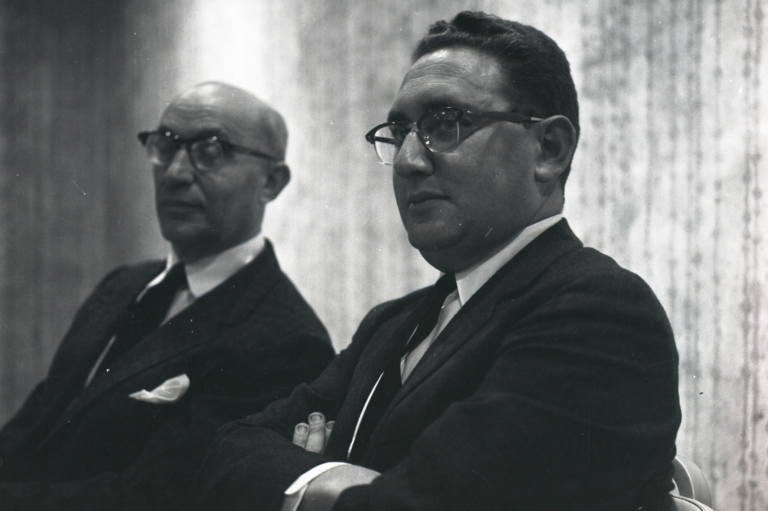Our new video addresses a form of fertility management that is cost-free, pill-free, and free of coercion. The new video is titled: “Natural Family Planning: the Best Worst Thing Ever.”
Watch the video. Get the facts. Share with friends.
“You can sacrifice frequency, taking time off during fertile periods.”
While men are always fertile, women are only fertile a short period of time during each menstrual cycle (about 28-31 days). Couples avoiding pregnancy via natural methods take time off during the woman’s fertile period and a few days on either side. To avoid pregnancy, couples usually take about 4-8 days off every cycle.[i]
“You can sacrifice intensity using barrier methods.”
Persons who discontinue using barrier methods for reasons of dissatisfaction (rather than trying to become pregnant) often cite a lack of spontaneity or closeness that comes with skin-on-skin contact.[ii]
“You can sacrifice health using chemical methods.”
Hormonal methods work via a combination of synthetic estrogens and progesterones to artificially perpetuate a woman’s infertile days. Perpetually skewed hormonal levels often come with health risks. Some are temporary and fade after discontinuing the hormonal method; others do not. While hormonal contraceptives significantly reduce the likelihood of ovarian and endometrial cancer, they also greatly increase the risk of other forms of cancer, including breast cancer and cervical cancer. [iii]
“While some men take the burden of contraception on themselves, the majority of the time, this falls to the woman.”
Other than the male condom and vasectomies, artificial forms of family planning fall upon the woman. Among users of family planning worldwide, male sterilization and male condom-use combined account for only 16% of family planning use.[iv]
“Considering the failure rates of the various methods and the side effects caused by each, contraception might not be the most responsible way to plan your family.”
Many people think natural fertility methods are less effective than artificial methods for three reasons:
- Researchers often lump all natural methods together. There are many kinds of natural fertility awareness. Some, like the rhythm method, are primitive and have high failure rates. Others, like the Creighton Method, are very effective.
- Sometimes, “perfect-use” statistics of artificial methods are compared to “actual-use” methods of natural methods, thereby comparing apples-to-oranges. When picking a method of family planning, one should compare perfect-use statistics for each method to other “perfect-use” statistics or “actual use” to “actual use” statistics. One should also look at how the two numbers differ from each other, and why.
- Unlike artificial methods of contraception, many users of natural fertility methods use the method after quitting artificial methods to try and achieve pregnancy. Therefore, when looking at effectiveness rates, it is not sufficient to compare average numbers of women who become pregnant after one year of use. To accurately glean effectiveness, studies differentiate between natural fertility users who use the method as a means to avoid pregnancy versus those who use the method as a means to achieve pregnancy.
*[v]
Endnotes
[i] Hilgers, Thomas W., “Creighton Model Fertility Care System: A Contemporary Approach to Women’s Health Care.” 2013.
[ii] Higgins, Jenny A., and Jennifer S. Hirsch. “Pleasure, power, and inequality: incorporating sexuality into research on contraceptive use.” American Journal of Public Health 98.10 (2008): 1803.
[iii] Urban, Margaret, et al. “Injectable and oral contraceptive use and cancers of the breast, cervix, ovary, and endometrium in black South African women: case–control study.” PLoS medicine 9.3 (2012): e1001182.
Kotsopoulos, Joanne, et al. “Timing of oral contraceptive use and the risk of breast cancer in BRCA1 mutation carriers.” Breast cancer research and treatment 143.3 (2014): 579-586.
World Health Organization. Reproductive Health. Family Planning: A Global Handbook for Providers: Evidence-based Guidance Developed Through Worldwide Collaboration. Johns Hopkins Ccp-Info, 2011.
[iv] United Nations Population Division, World Contraceptive Patterns, 2013.
[v] World Health Organization. Reproductive Health. Family Planning: A Global Handbook for Providers: Evidence-based Guidance Developed Through Worldwide Collaboration. Johns Hopkins Ccp-Info, 2011.
Effectiveness of Creighton method: Hilgers, Thomas W., and Joseph B. Stanford. “Creighton Model NaProEducation Technology for avoiding pregnancy. Use effectiveness.” The Journal of reproductive medicine 43.6 (1998): 495-502.
















